So you have some instant noodles ready, and you want to spice 'em up, but the gochujang is nowhere to be found.
If you're not in the mood to head to the store, or you're already there and need an alternative, over my years cooking Korean food I've come up with a few gochujang alternatives you can keep an eye out for. These include homemade gochujang substitutes and store-bought options, alike.
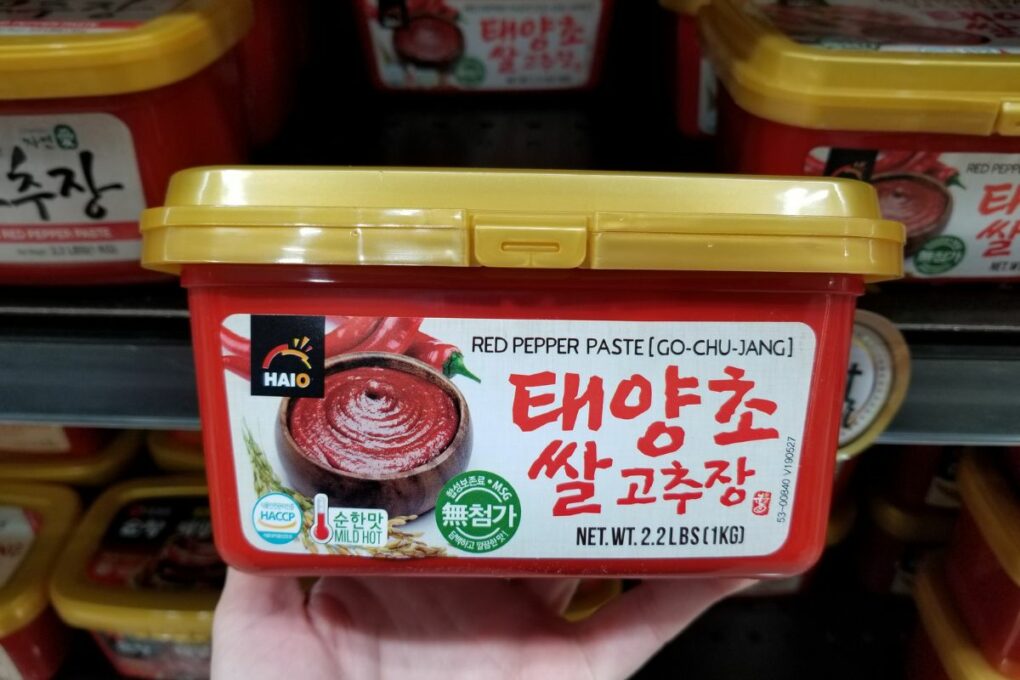
Jump To
How Korean Peppers Are Unique
Korean peppers, known as gochu, form the basis for all the heat in Korean cuisine. While they've only been a part of the Korean landscape of flavors for a few hundred years, they've made their way onto (almost) every Korean table.
This is thanks to the peppers' iconic role in kimchi making, which is widely celebrated in Korea. It even has it's own holiday. Like most hot peppers, Korean hot peppers turn from green to red as they ripen, and they can be used fresh and most commonly dried and fermented, especially the red ones.
What sets gochu apart from other hot peppers is the multiple layers of flavor, and the delicate way of making it. Compared to other dried chiles, gochugaru goes beyond just adding heat to your dish. But the best part? Gochugaru breathes life into another famous Korean condiment that is just as flexible: gochujang.
Gochujang is a Korean fermented chili paste made with glutinous rice and soybeans, with a sweet and savory flavor, great in gochujang aioli or creamy gochujang pasta. This Korean spicy paste is responsible for giving that deep umami flavor and adding popping red color to soups, sauces, stews (especially octopus!) and even kimchi fried rice.
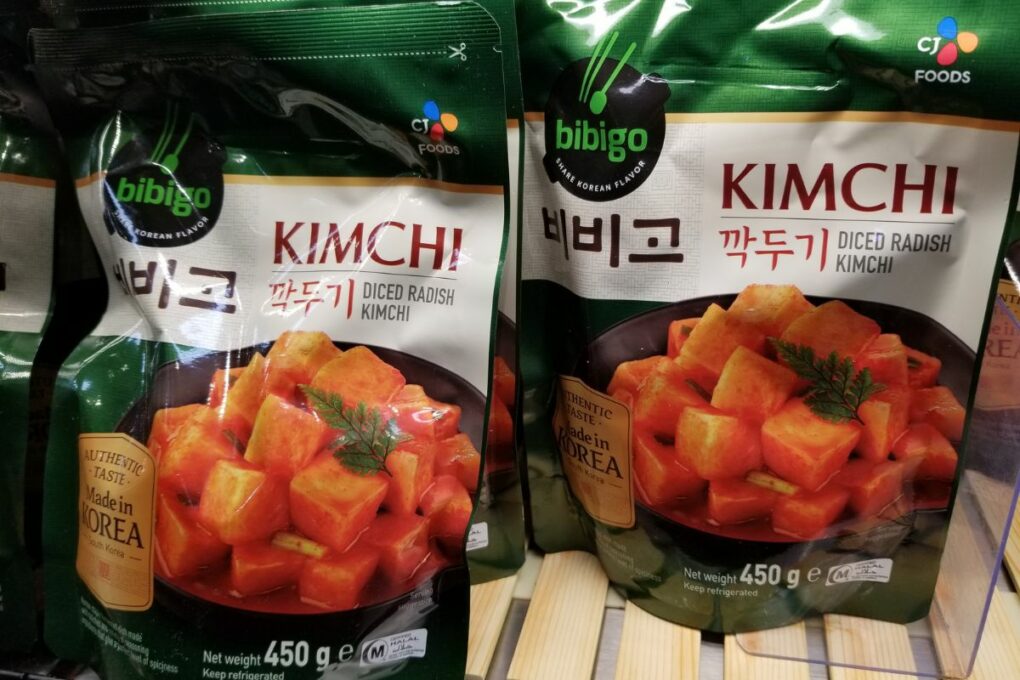
Gochujang Heat Levels (Scoville Scale)
It’s true what they say: looks can be deceiving. At first, you might think that a small amount of gochugaru is enough to make your dish extra hot and spicy, but this Korean spice has a milder kick than other known chiles.
It is less spicy than the usual dried red pepper flakes and cayenne powder, but it has more heat than paprika. With a Scoville scale ranging from 1,500 SHU up to 10,000, gochugaru has two kinds that vary on the level of its heat.
If you want to get the spiciest, go for the maewoon gochugaru, while the least spicy is called deolmaewoon. In paste form, Gochujang, too, has various stages of spiciness. Depending on the amount of pepper flakes and other spices added (e.g., garlic and onion), the spiciness starts from mild and goes to extremely hot.
In the packaging, number three usually stands for moderate heat, while four means very hot, and five is almost pure chile paste (with less soybean and spices). When picking substitutes for gochujang, the heat level will be most people's number one consideration.
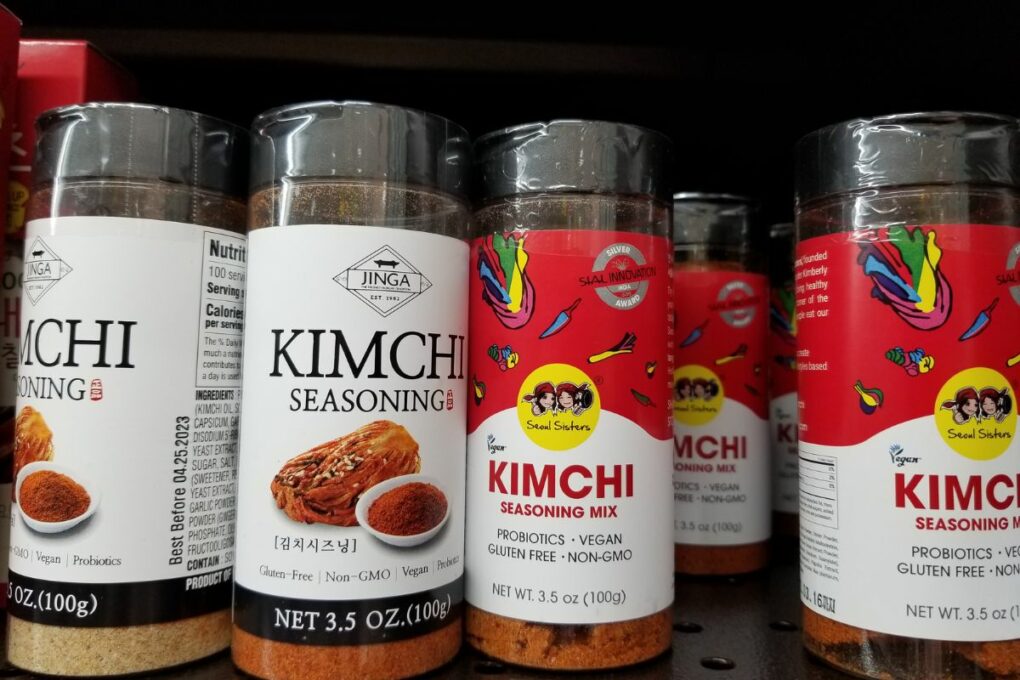
Can Gochugaru Substitute for Gochujang?
Though they are both made from Korean hot peppers, I suggest you don’t use gochugaru by itself, because gochujang has a distinct flavor due to its fermentation process. Gochugaru is just ground & dried chili pepper, so if you use it as a gochujang substitute, just be mindful that it will affect the dish's overall flavor.
However since gochujang contains gochugaru, hacking a gochujang substitute recipe is actually a bit easier if you already have gochugaru on hand.
Although authentic gochujang contains fermented soybean, glutinous rice powder, and malt barley and requires six months to ferment, below is one of the many ways to create your own gochujang-like chili paste in less than 10 minutes.
Here’s how: mix gochugaru, miso paste, water, and honey in a small pot and cook it on medium heat. Continue stirring until the mixture starts to show some bubbles. Turn off the heat, and let the mixture cool for 15 minutes or so.
6 More Gochujang Substitute Options
It’s hard to find a substitute for a well-fermented, well-seasoned, and umami-packed gochujang, but here are some alternatives you can use in a pinch.
Miso Paste
Same as gochujang, it is made from fermented soybeans making it the best substitute for gochujang. You may use it as it is, but since this substitute has no spiciness, I suggest adding chili powder to the miso paste and a pinch of sugar for sweetness to give a similar taste as gochujang.
Red Chili Paste
It has the spiciness of the gochujang, but it is nothing compared to miso paste. With a bit of adjustment, like adding soy sauce and sugar with it, you can make an easy perfect alternative for gochujang.
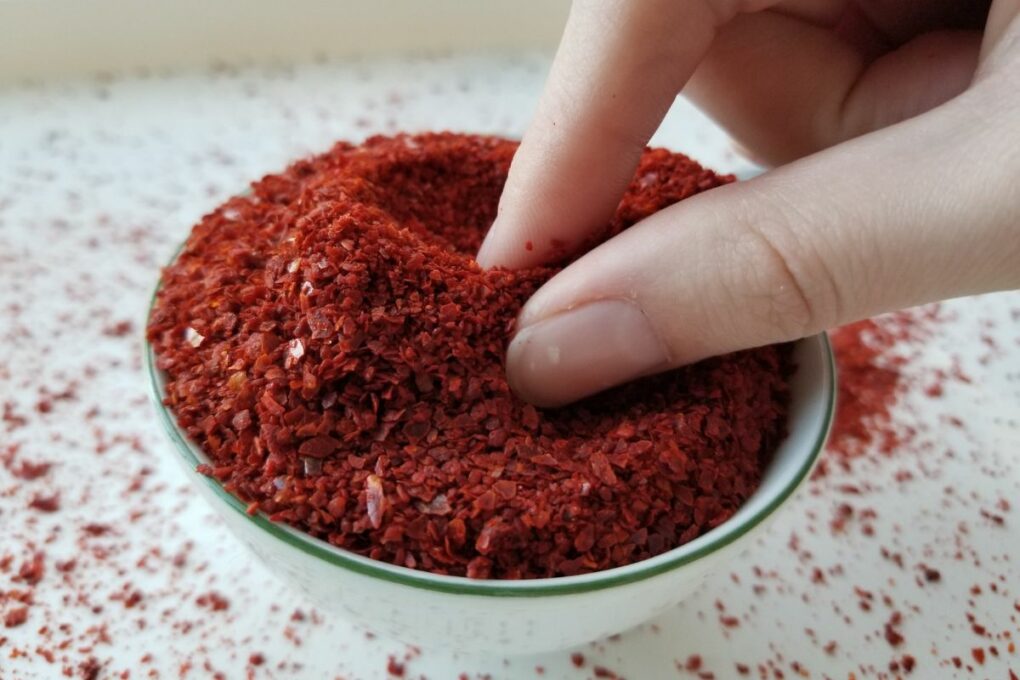
Sriracha Sauce
Sriracha is also a great alternative to gochujang when you are in a pinch. It has the spiciness, but sriracha has a thinner consistency and a sweeter flavor, but who cares? As long you satisfy your craving, why not! You may use it as it is, but if you want to thicken it up or add more heat, consider adding corn starch or chili flakes.
Thai Chili Paste
Sans the strong garlic smell, Thai Chili Paste is closely similar to gochujang in terms of flavor and texture. Although it may not be as thick as its Korean counterpart, it is thicker than Sriracha. Aside from the garlic's pungency, Thai chili paste includes shrimp paste that might give another flavor to it.
But if you love seafood, this shouldn’t be a problem. You may use it as it is, but if you want to add more heat, feel free to add any chili flakes or powder within your reach.
Hoisin Sauce
Like gochujang, hoisin sauce is packed with fermented soybean paste, garlic, and other spices. However, it is far from being spicy. To bring the taste closely to gochujang, add in some red miso paste and a couple of red pepper flakes or some cayenne powder.
The base sauce is already sweet, so all you need to do is add two tablespoons of hoisin sauce, a tablespoon of red miso paste, and some cayenne pepper or paprika, according to your taste.
Red Pepper Flakes (or Powder)
To mimic the spicy kick of gochujang, get any red pepper flakes you have in your spice rack. Unlike with gochugaru, manufacturers keep the seeds when drying and crushing the chiles used in making red pepper flakes. So naturally, it has more heat.
Gochujang has fermented soy powder, so aside from miso, adding dark soy sauce might also do the trick. One tablespoon of red pepper flakes, 2-3 tablespoons of soy sauce, grated garlic and onion, and some honey.

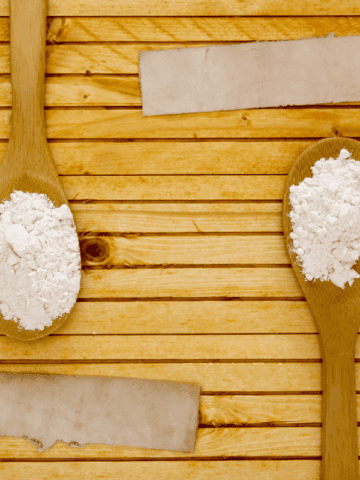
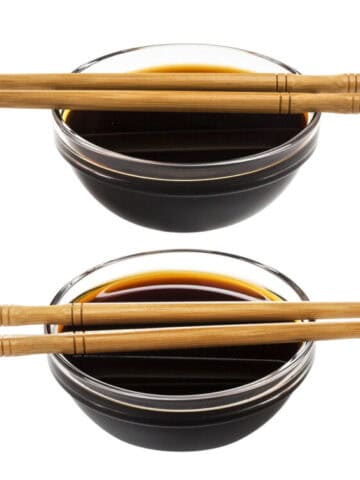

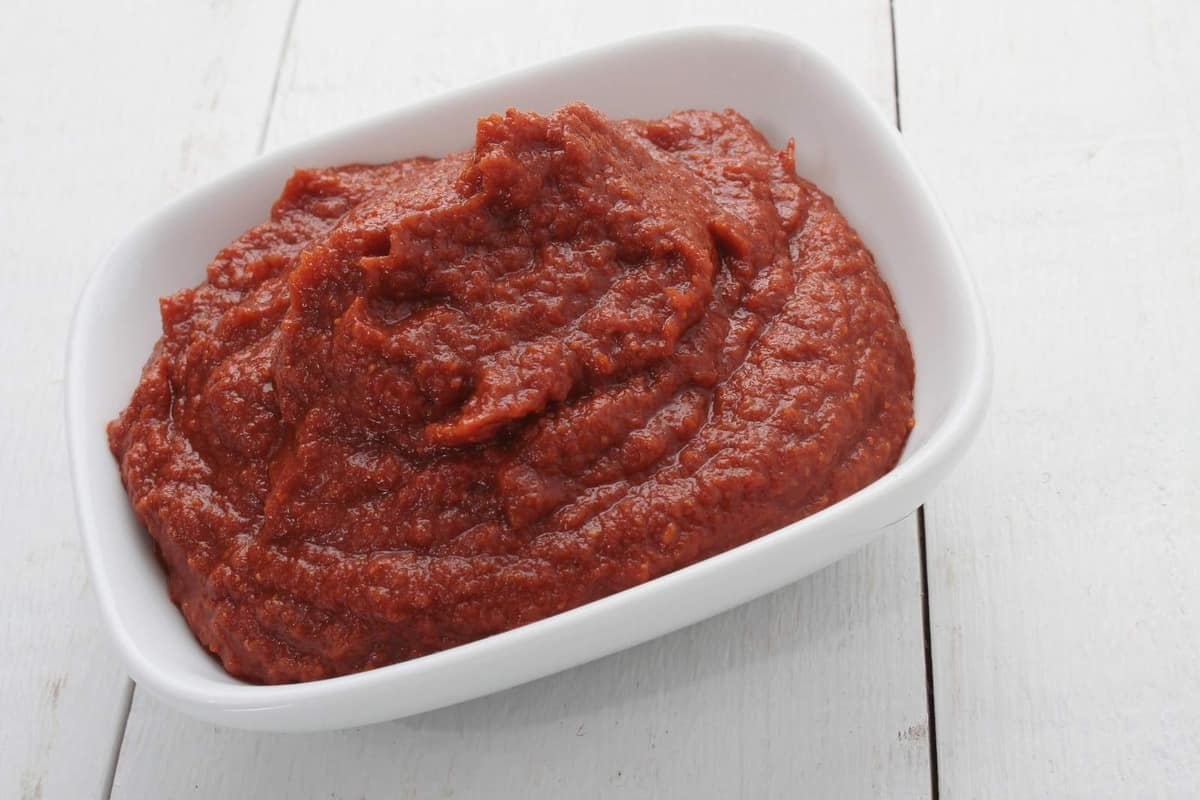
Comments
No Comments